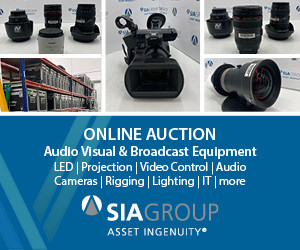How lenses are made...in Leicester!
How lenses are made...in Leicester!A tour of the factory is a wonderful insight into the production of these instruments. We start with the raw material. With over 100 types of glass to choose from Cooke select a pre moulding depending on the lens model. GrindingWe move into the main building now and are greeted by the industrial sound of machines...


















